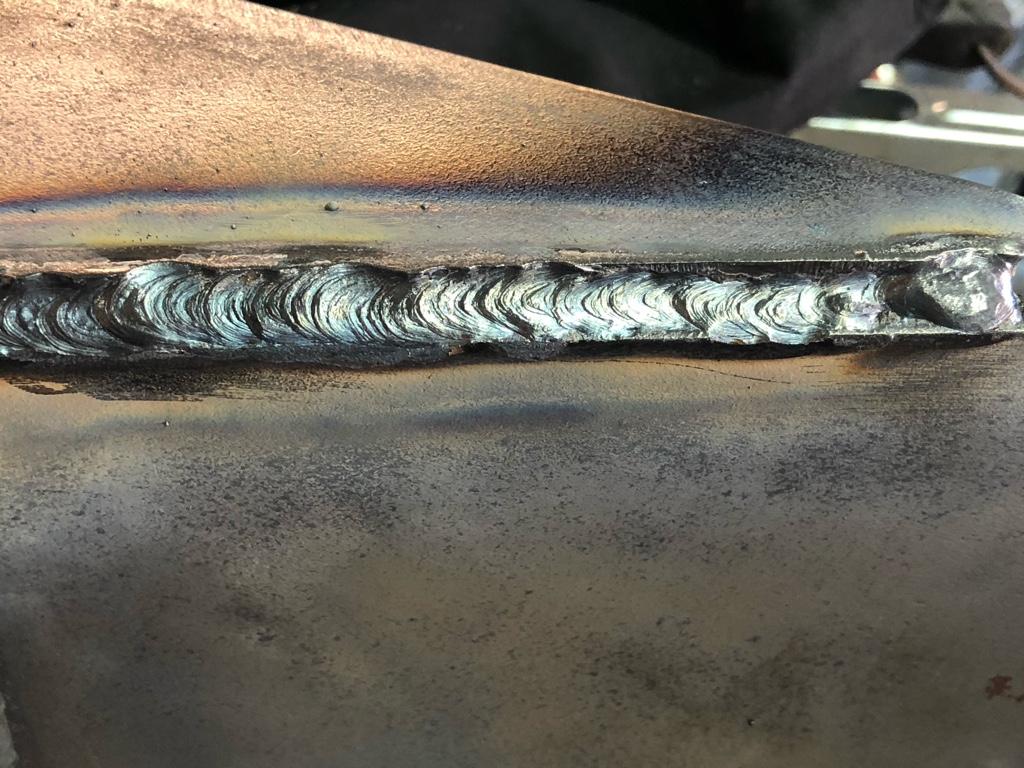Grasping the Art of Welding: Just How to Avoid Undercut Welding Issues for Flawless Construction Outcomes
By recognizing the origin creates of undercut welding and implementing effective techniques to prevent it, welders can elevate their craft to new levels of excellence. In the pursuit of flawless manufacture results, understanding the art of welding to stay clear of undercut concerns is not just a skill but a necessity for those striving for perfection in their work.
Understanding Undercut Welding

To protect against undercut welding, welders must ensure appropriate welding criteria, such as adjusting the existing, voltage, travel speed, and keeping the correct electrode angle. Furthermore, using the suitable welding strategy for the details joint arrangement is vital. Using weaving activities or backstepping techniques can assist make certain proper weld metal deposition and minimize the chance of undercut formation. Regular assessment of welds throughout and after the welding procedure is additionally vital to capture any kind of undercut early and make required modifications to stop more flaws. Preventing weld undercut. By comprehending the root causes of undercut welding and applying preventative measures, welders can achieve premium, structurally audio welds.
Sources Of Undercut in Welding
Comprehending the elements that add to undercut in welding is essential for welders to generate high-grade, structurally audio welds. When the weld metal does not correctly fill the groove created in between the base metal and the previously transferred weld metal, undercutting takes place. A number of elements can lead to damage in welding. One typical cause is too much warm input. Welding at high temperatures for extended durations can result in the base steel melting more than wanted, resulting in undercut. Insufficient welding current or wrong welding speed can also add to undercut. Insufficient current might not offer enough warm to melt the base and filler steels sufficiently, while excessive rate can prevent correct fusion, causing undercut. Additionally, improper electrode angles or incorrect torch adjustment techniques can create locations of low weld steel deposition, promoting undercut. Recognizing these causes and carrying out proper welding methods can help protect against undercutting concerns, guaranteeing solid and durable welds.
Techniques to avoid Undercutting

To alleviate the danger of undercutting in welding, welders can employ strategic welding techniques intended at boosting the high quality and integrity of the weld joints. Additionally, using the right welding method for the specific joint arrangement, such as weave or stringer grains, can add to reducing undercutting.
Additionally, proper joint prep work, consisting of guaranteeing clean base products devoid of pollutants and using the ideal welding consumables, is critical in protecting against undercut flaws. Employing back-step welding strategies and managing the weld bead account can likewise help disperse heat equally and reduce the risk of undercut. Routine evaluation of the weld joint throughout and after welding, in addition to implementing quality control procedures, can aid in addressing and spotting damaging issues without delay. By executing these strategies carefully, welders can attain perfect manufacture results with minimal undercut issues.
Importance of Appropriate Welding Criteria
Selecting and keeping appropriate welding specifications is necessary for attaining successful welds with minimal problems. Welding specifications describe variables such as voltage, existing, take a trip rate, electrode angle, and securing gas circulation price that straight impact the welding process. These criteria have to be carefully adjusted based on the kind of material being welded, its thickness, and the welding technique employed.
Proper welding criteria ensure the correct amount of heat is related to thaw the base steels and filler product evenly. If the criteria are established Continued as well high, it can cause extreme warm input, causing spatter, burn-through, or distortion. On the various other hand, if the criteria are as well low, incomplete fusion, absence of infiltration, or undercutting may take place.
Top Quality Guarantee in Welding Workflow

Final Thought
In final thought, understanding the art of welding calls for a comprehensive understanding of undercut welding, its reasons, and techniques to stop it. find this By guaranteeing proper welding criteria and carrying out quality control techniques, flawless construction outcomes can be achieved. It is vital for welders to regularly pursue excellence in their welding operations to avoid undercut problems and generate premium welds.
Undercut welding, an usual flaw in welding procedures, happens when the weld steel does not properly fill the groove and leaves a groove or depression along the bonded joint.To stop undercut welding, welders should guarantee appropriate welding specifications, such as readjusting the present, voltage, traveling rate, and keeping the right electrode angle. Inadequate welding incorrect or existing welding speed can additionally contribute to undercut.To reduce the threat of damaging in welding, welders can use tactical welding techniques aimed at enhancing the top quality and stability of the weld joints.In verdict, understanding the art of welding calls for address an extensive understanding of undercut welding, its causes, and techniques to avoid it.